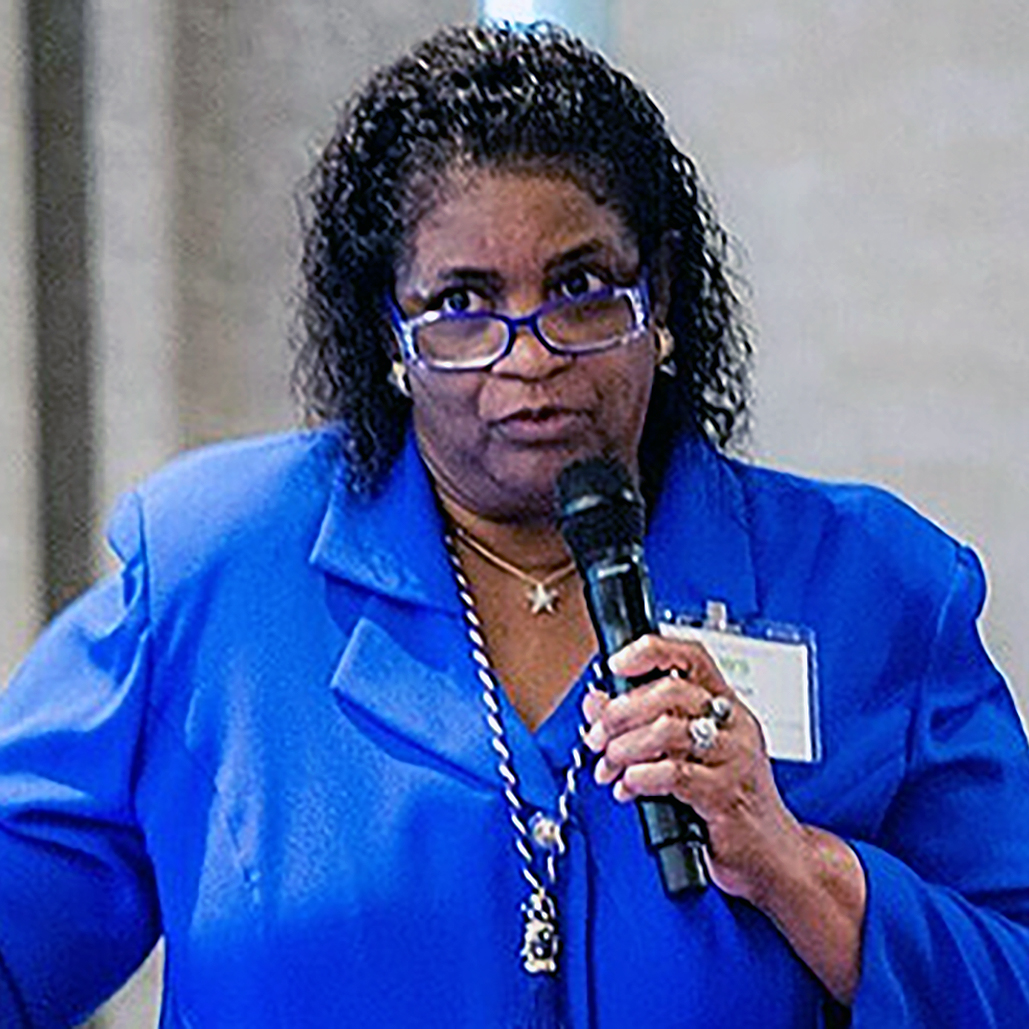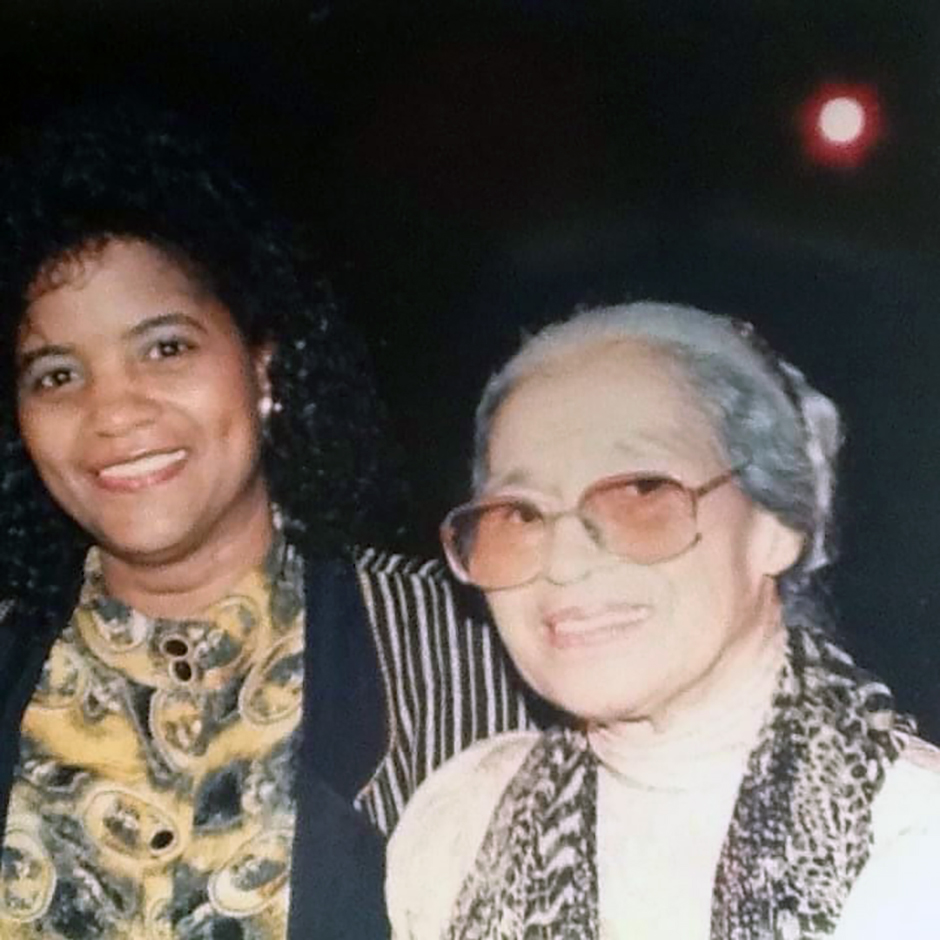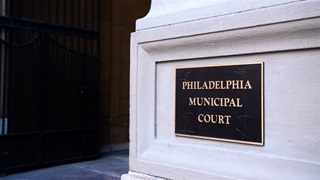On Mississippi's Gulf Coast, a Local Advocate Works to Protect Underserved Communities and Wetlands
Lifelong resident leads efforts to train and empower community members
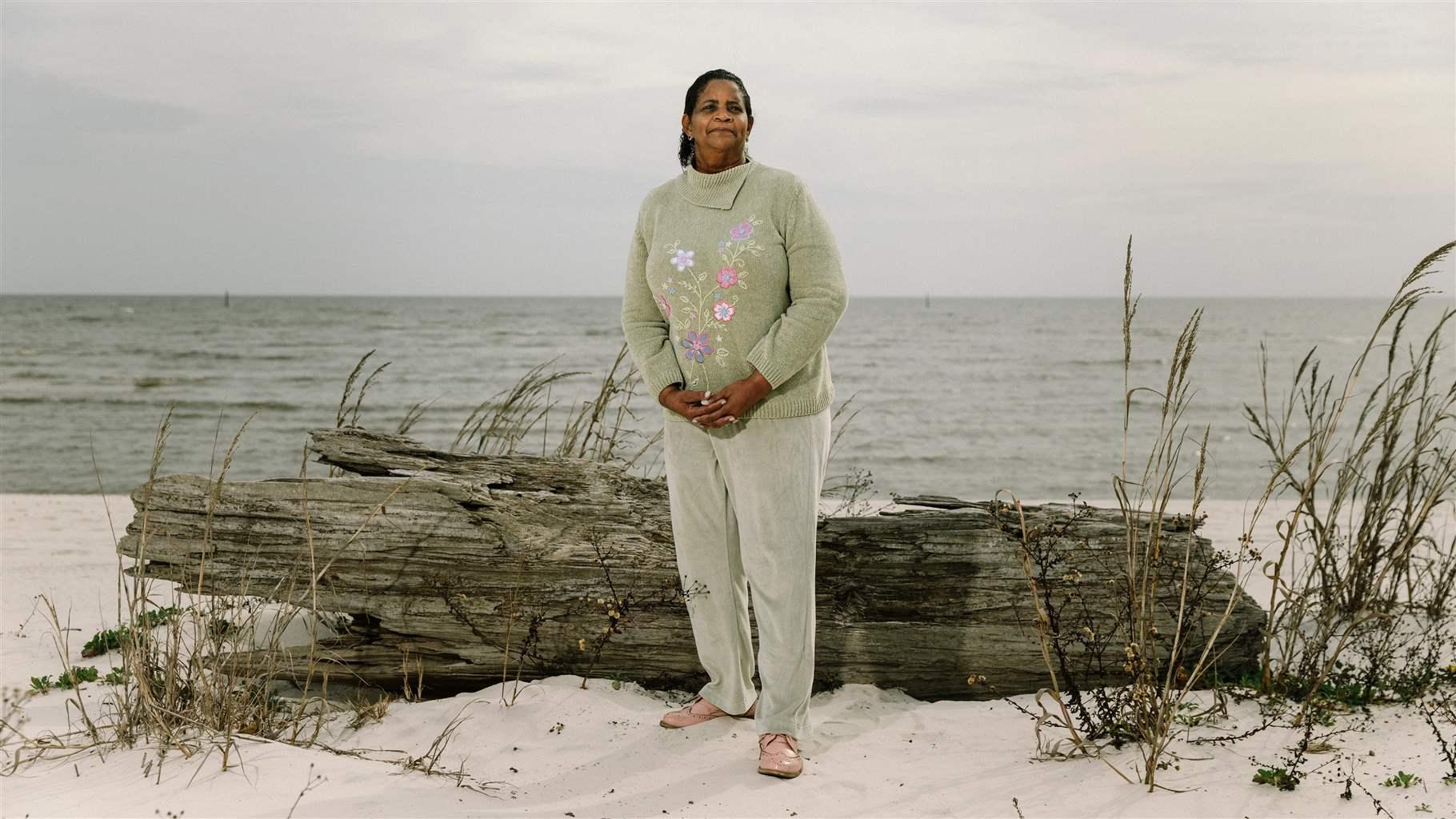
For more than 40 years, Gulfport, Mississippi, native Katherine Egland has been active on social justice and civil rights issues. And for the past 20 years, she has been on the front lines of environmental justice battles to keep the region’s historically Black neighborhoods safe from the twin threats of flooding and rapid development—including co-founding the Education, Economics, Environmental, Climate, and Health Organization (EEECHO) after Hurricane Katrina. Egland’s mission is to engage community members on climate and environmental justice issues, inspire residents to prevent environmentally hazardous developments, and advocate to city, state, and federal agencies.
This interview has been edited for clarity and length.
Why does your organization, EEECHO, focus on a variety of sectors—ranging from flooding and disaster resilience to health and local communities?
We realized early on that different pieces of this puzzle are all interconnected—that it was impossible to separate economics, health, and climate. People on the low end of the economic spectrum are focused on jobs. And lots of times polluters will come into communities and take advantage of that desperation, offering jobs that contribute to the economy at the expense of health and the environment. Meanwhile, environmentalists often wonder, “Why are these residents not holding polluters accountable in their own communities?” Well, it’s very important to acknowledge the economic needs of communities; everybody wants some level of prosperity and most of the time, they’re unaware of the pollution threats. But we don't need to sacrifice health for wealth. My mantra is that a living wage should not kill or make people ill.
Let's talk a little bit about Gulfport. What particular challenges has the area faced?
Gulfport is on the Gulf of Mexico, and we’re definitely at the front line of climate change. We’ve already experienced a disproportionate number of climate events: Hurricane Katrina in 2005 was the worst event since Hurricane Camille hit in 1969. Many people in this community don’t understand how our relationship with traditional energy—meaning fossil fuels—contributes to an unstable climate, so we educate people on that. Education is represented by the first E in EEECHO. People trust us and know that we fully understand all their needs.
And we also have industries destroying our wetlands, which are our natural protection against flooding. When you start taking away our wetlands, or developing them, it's a huge challenge; we're constantly having to defend these wetlands and their importance.
Well, wetland restoration and preservation are widely considered to be the best flood mitigation tools. So how do you safeguard these vital natural areas in rapidly growing counties?
Unfortunately, most elected officials prioritize economic development over environmental justice. They always say, “This project is going to bring money to the community. It’s going to bring jobs.” But most communities are more environmentally conscious now than they used to be and are trying to preserve their wetlands.
Can you say more about flooding in Gulfport?
Like other coastal areas, Gulfport is dealing with sea-level rise. After Hurricane Katrina, industries and businesses started moving northward away from the coast, creating environmental issues for historically predominantly African American areas in North Gulfport. These communities are now contending with flooding because the new developments have created more impervious surfaces: The water has to go somewhere, and it’s going into residents’ yards and homes.
The root cause of this is that we’re still dealing with segregation-era zoning in Gulfport; the zoning hasn’t been updated since segregation was legal. Segregation relegated African American residents to the low-lying areas near heavy industries. And now officials keep proposing these developments in overwhelmingly residential areas with the same Jim Crow-era segregation zoning in place. We’d like to get some of these places on the historical register—places like Forest Heights, which is a historical neighborhood with the first integrated homeownership program in the nation. During Katrina, all but four of the 200-plus homes there were destroyed by flooding. Now, the recent developments and increase in impervious surfaces in that part of the city have exacerbated flood risks.
As you’ve raised awareness of the intersection of environmental injustice and climate change, have you seen an increase in funding for—or support of—your organization?
Absolutely. We’re currently represented in three different areas by pro bono attorneys, including a case before the Public Service Commission in a net metering rule, and another in an environmental injustice case in which the Port of Gulfport wants to put a 24-hour military staging operation in the heart of an African American community. That one is now pending in the Mississippi State Supreme Court.
The third is a case about a road development that will exacerbate flooding in historic African American communities; that one, against the Department of Transportation, is pending in federal court.
That project will lead to the destruction of hundreds of acres of precious wetlands that we really need. We proposed alternative roads that wouldn’t destroy any wetlands. We don't have the same kind of resources the city has to fund a study. But we’ve got good proposals that with a few adjustments would be much better solutions for what our mayor is calling a “traffic problem.” We could have better traffic flow and a great evacuation route and not destroy any wetlands.
The city has chosen the worst possible road, as ranked by their own study—the most expensive, environmentally intrusive, and least effective option. They proposed something similar almost 20 years ago, and we’re wary of the same thing occurring again.
Are there gaps in your flood and disaster work—ways in which needs aren’t being met?
We could use more assistance with data. We’re doing quite a bit of mapping, but we need more expertise to understand exactly where all the toxic facilities are located in Gulfport. We know where permits have been granted for them, but it would be very helpful to be able to show that these permits are being awarded disproportionately in communities of color.
We’d also find it helpful to be able to dialogue with federal government officials. For example,
Deputy Secretary of Transportation Polly Trottenberg came to Gulfport and was shown around by elected officials, but she didn't meet with any community members to hear our concerns. Communities just don't have that type of access. The federal government is unwittingly supporting a lot of these environmental challenges by giving cities grants to proceed with these types of infrastructure projects, but they're not talking to the communities. So that’s a huge gap.
How might external partners, including state or federal agencies and nonprofit organizations, provide additional support?
By giving us an opportunity to be heard and voice our concerns. I’m certain the Department of Defense is simply not aware that the Port of Gulfport is attempting to place a 24-hour military staging operation in the heart of an African American neighborhood, and I think if we had some type of relationship with the agency, officials there could be made aware of what’s happening. In that case, we had suggested three alternative locations for the staging operation that would not adversely impact any residential areas. But we don't have the opportunity to have a dialogue with our federal government.
You’re taking on a lot of work. Are you able to effectively mentor other local leaders and others at EEECHO to become stronger advocates for themselves, their neighborhoods, and their futures?
We do a lot of trainings for the EEECHO network, create partnerships with scientists such as through our Thriving Earth Exchange partnership, and work with school systems to educate students through outdoor education; all these climate issues are going to impact them. In fall of 2019, we did presentations for students during the day and for the community in the evenings to make it convenient for everyone to attend. We took field trips with students on Fridays and residents on Saturdays to learn about wetlands, and it was all very successful.
We had to take a break from 2020 to 2022 because of the pandemic. But now we’re gearing back up to resume hands-on work. We’ve partnered with hydrologists and scientists who will host talks on sea-level rise. And we’ll hold these events at accessible locations, such as an outdoor theater where participants can see the images on a big screen.
You’ve been called a trailblazer within the environmental justice movement. What lessons have you learned over the years in the movement that influence your approach to addressing flood risk in Gulfport?
I’m not sure about being a trailblazer! But the lesson I learned very early on was that you have to meet people where they are. Many people don’t know about environmental and climate justice issues or the terminology and the acronyms. A while back, we launched a campaign around the findings of an NAACP report called Coal Blooded that called out a failing coal plant in Gulfport. We knew that we had to educate the community on this issue, so we held a day-long training session with about 30 residents, followed by a series of town hall meetings.
After a second town hall, a couple of residents told me they wouldn’t come back to the meetings because the presenters were talking over their heads. So, we went back to the presenters and explained that the information needs to be digestible to people who don't understand all the terminology. You may have to explain what greenhouse gases are and what CO2 is. And what I noticed was, once you light the fire with the basic information, you can't stop people in the community! So that was a very valuable lesson. You really have to know your audience, and don't assume that people all have the same level of knowledge.
What motivates you to do this work?
I’ve always been motivated. I grew up in the Deep South of Mississippi in the civil rights movement; defending civil and human rights was something that was handed down to me by my parents. And I’ve always been very conscious and careful of our environment and was aware of environmental and climate justice for quite some time. My sister was an environmental scientist, and I was inspired by her.
Then there was Hurricane Katrina. I call that the moment I took my earrings off. My insurance company said I had a 78% loss of my home, but I was grateful because that meant I had 22% more of a home left than people who had lost everything. I was moved by the loss of two dear family friends who drowned when the waters of Hurricane Katrina came rushing through their home; even climbing up to their attics didn’t save them. One reason they stayed was that up until that time, Hurricane Camille had been the worst climate disaster. And they felt that because their home had withstood Hurricane Camille, they would be OK.
So, after Katrina I realized “It’s here.” Climate change is no longer in our future; we’re seeing it and experiencing it. That was when the trajectory of my civil rights advocacy changed to focus primarily on environmental and climate injustice.
This Q&A is part of The Pew Charitable Trusts’ “Local Resilience Champions” series—conversations with advocates from throughout the country about how flooding and environmental justice issues are affecting their region and how their efforts are improving outcomes for human and ecological communities. Anna Marandi of Pew spearheaded the discussion and outreach to identify this advocate and led the creation of this Q&A. Pew sends a special thank you to the Anthropocene Alliance (A2) network for connecting us with Katherine Egland and EEECHO. A2 is the nation’s largest coalition of frontline communities fighting for climate and environmental justice, with 140 member communities in 38 states and territories.
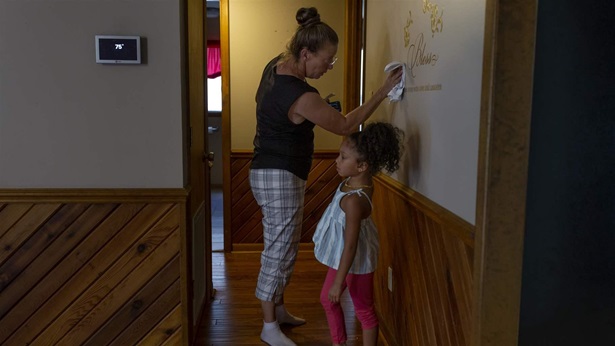
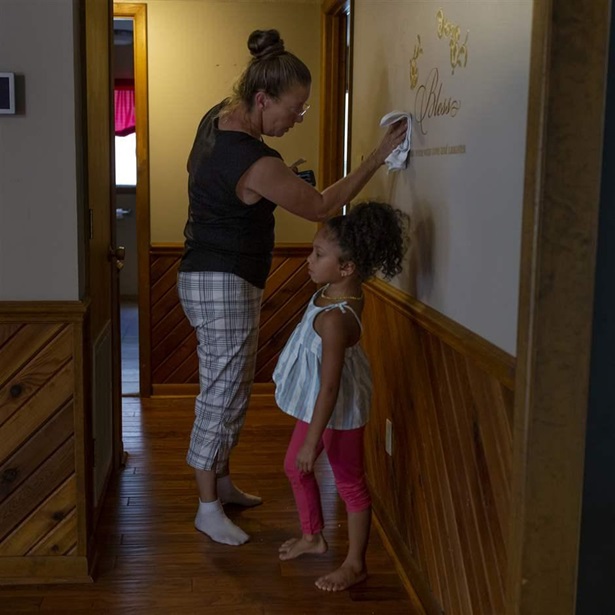
How One Woman Became the Voice for Flood Survivors
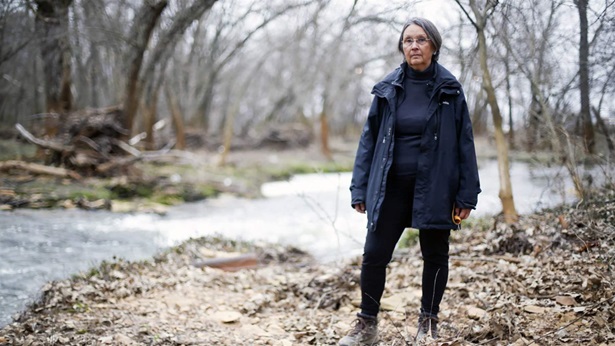
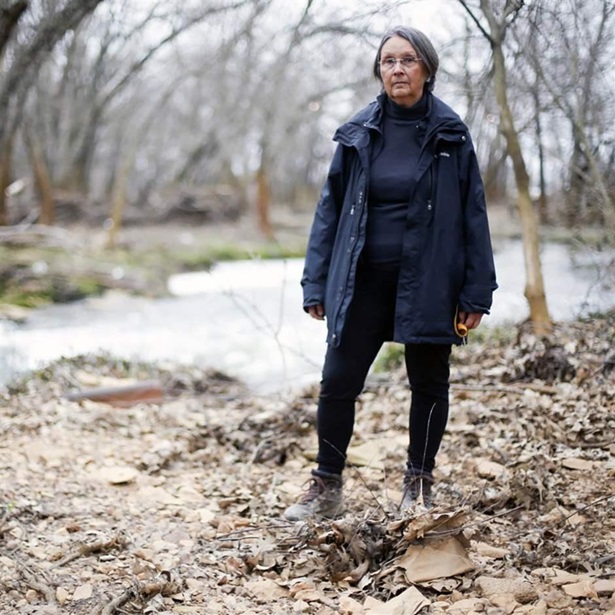
Advocate Fights Flooding, Inequity in Northeast Oklahoma


America’s Overdose Crisis
Sign up for our five-email course explaining the overdose crisis in America, the state of treatment access, and ways to improve care
Sign up